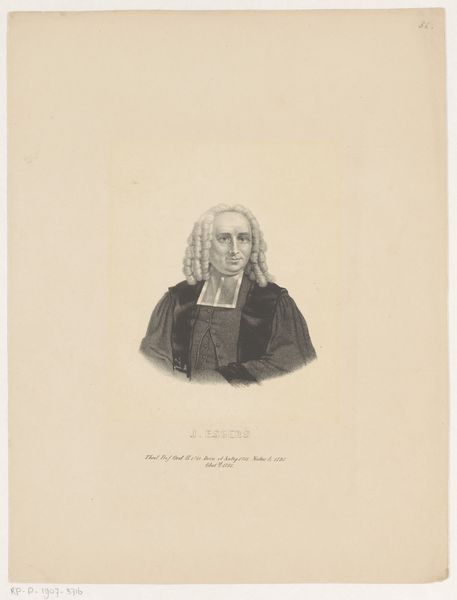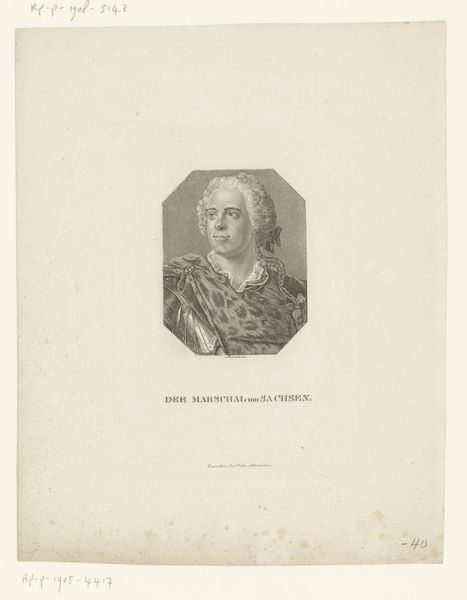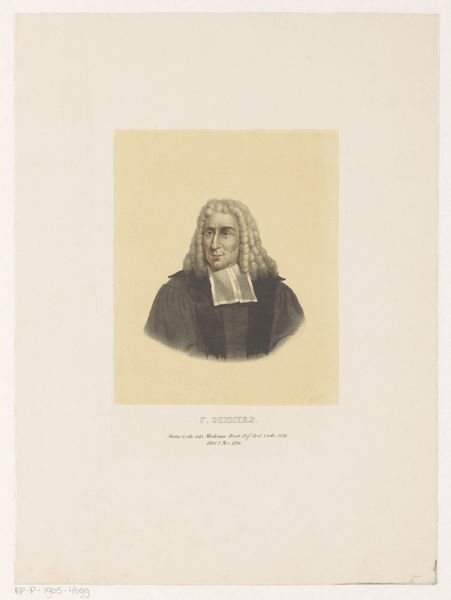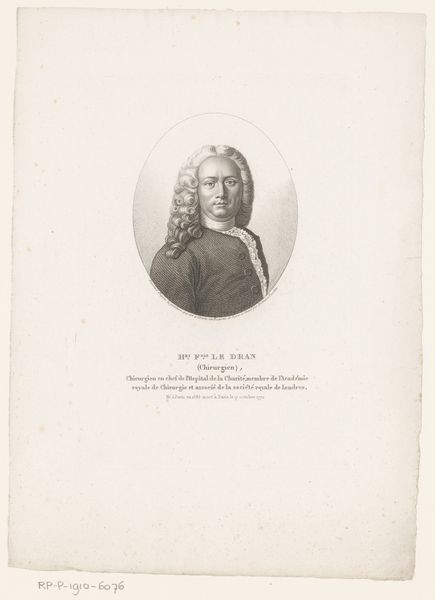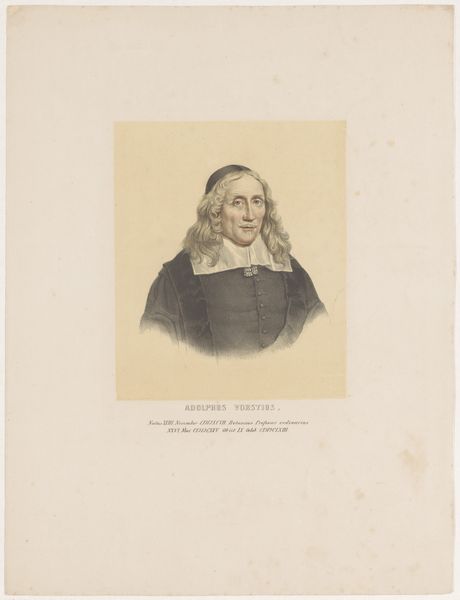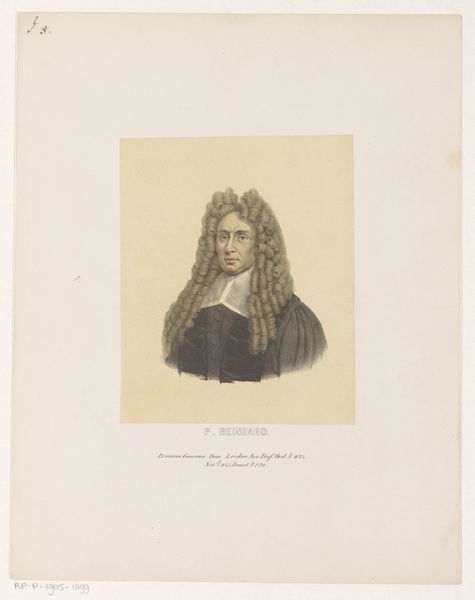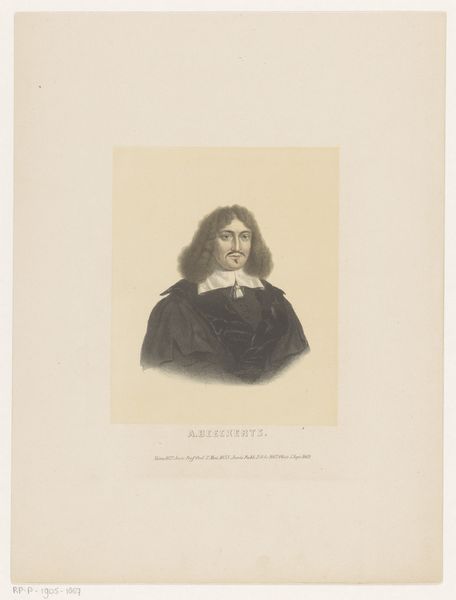
print, engraving
#
portrait
#
pencil drawn
#
16_19th-century
# print
#
pencil sketch
#
light coloured
#
pencil drawing
#
pencil work
#
engraving
#
realism
Dimensions: height 344 mm, width 255 mm
Copyright: Rijks Museum: Open Domain
Curator: Ah, a rather serious fellow staring back at us. This is "Portret van Andreas Weis," an engraving by Leendert (I) Springer, dating to around 1850. It’s quite striking, isn’t it? Editor: He does look serious! A bit… stern, maybe? But also intelligent. I bet he has strong opinions. What’s most interesting to me is how light and airy the lines are— almost like it could blow away if you breathed on it. Curator: Considering Weis's likely status, and Springer’s period, that seriousness probably carried a lot of weight. Such formal portraiture served specific societal functions; in essence, constructing and reinforcing identity. The subtle use of engraving captures light, yes, but also affirms the sitter’s place in the world. It’s a testament to the subject’s identity. Editor: Oh, I see what you mean! A printed man in a printed world. But even beyond the social status thing, there is a certain beauty to the fact that he looks so composed. Maybe it's because it's a print, but there's almost an air of vulnerability behind all the status symbols, if that makes sense. It almost softens him. Curator: I completely agree! By softening this "great man", the very mechanics of reproduction invites a deeper interrogation of 19th-century societal standards for men of status. Perhaps he had doubts, faced challenges; a printed version of his inner life that challenges the flawless and invincible image society demands of them. Editor: Exactly! Plus the slightly faded quality somehow makes it feel more accessible to a modern audience, like he's from an entirely different time and now that era can connect directly with this work, this person. Almost like an ancestor. I wonder if his descendents visit the museum. Curator: It's precisely this connection, this humanisation, that interests me most— the ability of a carefully wrought print to transcend its intended function. Editor: Well, I think he's lovely! It’s funny how a still portrait, or any piece of art, really, can say so much about a person. Thanks for sharing all of that about the social norms and status of 1850s Weis, Curator. That makes it much richer, the art, everything! Curator: Indeed. And your observations help it feel more real. Until next time!
Comments
No comments
Be the first to comment and join the conversation on the ultimate creative platform.

